What is the tolerance range of precision screws?
What is the tolerance range of precision screws?
Service Hotline
+86760-8787 8587We have more than ten years of production experience in the screw industry, the main products are: complete set of screws, knurled countersunk head vertical rivet nuts, air conditioning screws, cross head screws and bolts, flange nuts, hook expansion bolts, hollow bowl Gaskets, 201 stainless steel outer hexagon nuts, hexagonal nylon columns, round head torx screws, aluminum plate rivets, thin-head hexagon socket screws, knurled hand-tightened bolts, black carbon steel nuts, national standard GB97 and other fasteners, due to the product material Different specifications and different prices, please contact us if necessary.


The force condition of the screw is broadcasted: 1) Self-weight G; 2) Torque M required to overcome material resistance; 3) Axial force P generated by material pressure. Screw screw screw is generally scrapped due to long-term wear, the gap between the screw and the barrel is too large and cannot be extruded normally, but there are also examples of damage due to improper design or improper operation. Therefore, the screw should also meet certain strength requirements. 4) The dangerous section of the screw is generally at the smallest thread root diameter in the feeding section. According to material mechanics, for plastic materials, the composite stress is calculated by the third strength theory, and its strength conditions are:
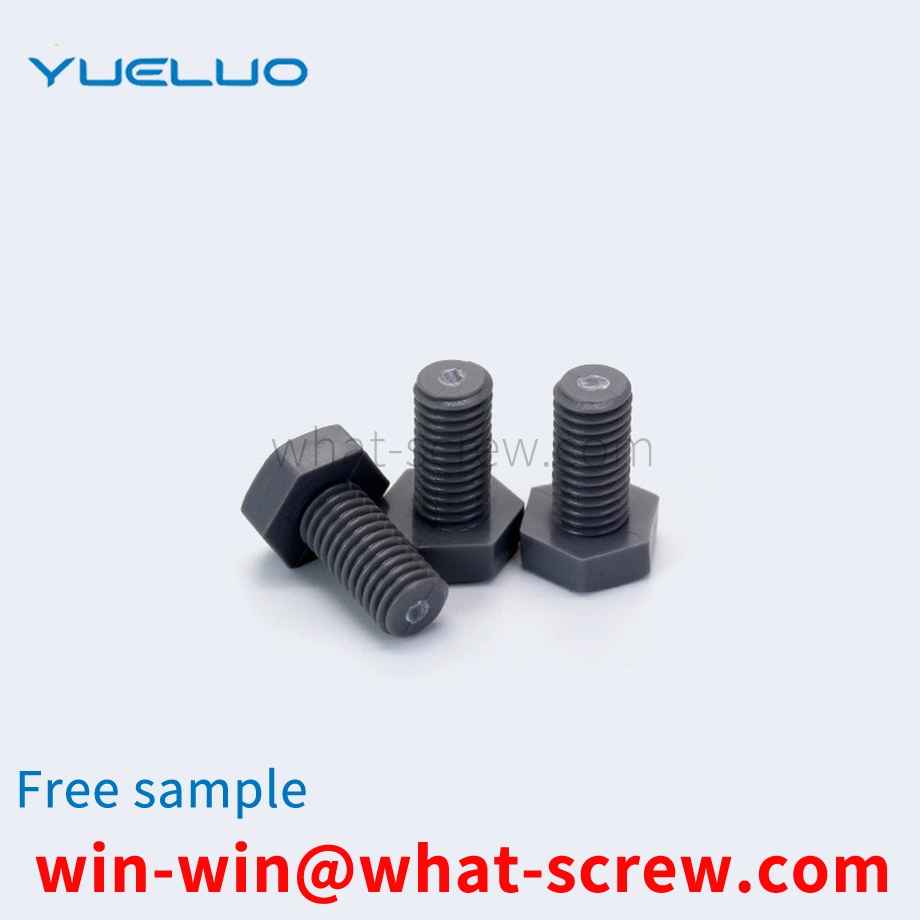
Countersunk head screws are mostly used after installation, and the surface of the parts cannot be raised, and the parts to be fastened have two thicknesses. Thickness, after the screw is tightened, there is still a part of the screw thread that does not enter the threaded hole. In this case, the countersunk head screw can definitely be tightened. There is usually a situation where the thickness of the fastened part is less than the height of the head of the countersunk head screw, which is commonly seen in sheet metal parts in mechanical equipment, such as the connection between the hinge of the chassis and the door and the box; the sheet metal of the equipment The connection of the cover to the equipment, etc. Due to the small thickness of the part, the tightened sheet metal part, the screw through hole completely becomes a conical hole, in this case, when the countersunk head screw is tightened, the screw head is not a tapered surface to press the sheet metal part , but the bottom of the screw head and the top of the threaded hole are squeezed. Although it feels that the screw is tightened, the sheet metal part is stuck instead of being pressed. In this case, although it feels that the screw is tightened, the sheet metal The gold pieces were indeed not tightened. This is a very common situation. Let’s talk about the reasons for the processing: the head cone of the countersunk screw has a 90° conical angle, and the apex angle of the newly bought drill is usually 118°-120°. Some workers who lack training do not know this angle is poor. It is often used to ream the hole with a 120° drill bit, which results in that when the countersunk head screw is tightened, it is not the conical surface of the head, but a line at the bottom of the screw head, which is one of the reasons why the so-called countersunk head screw cannot be tightened. , it's not the screw's fault.
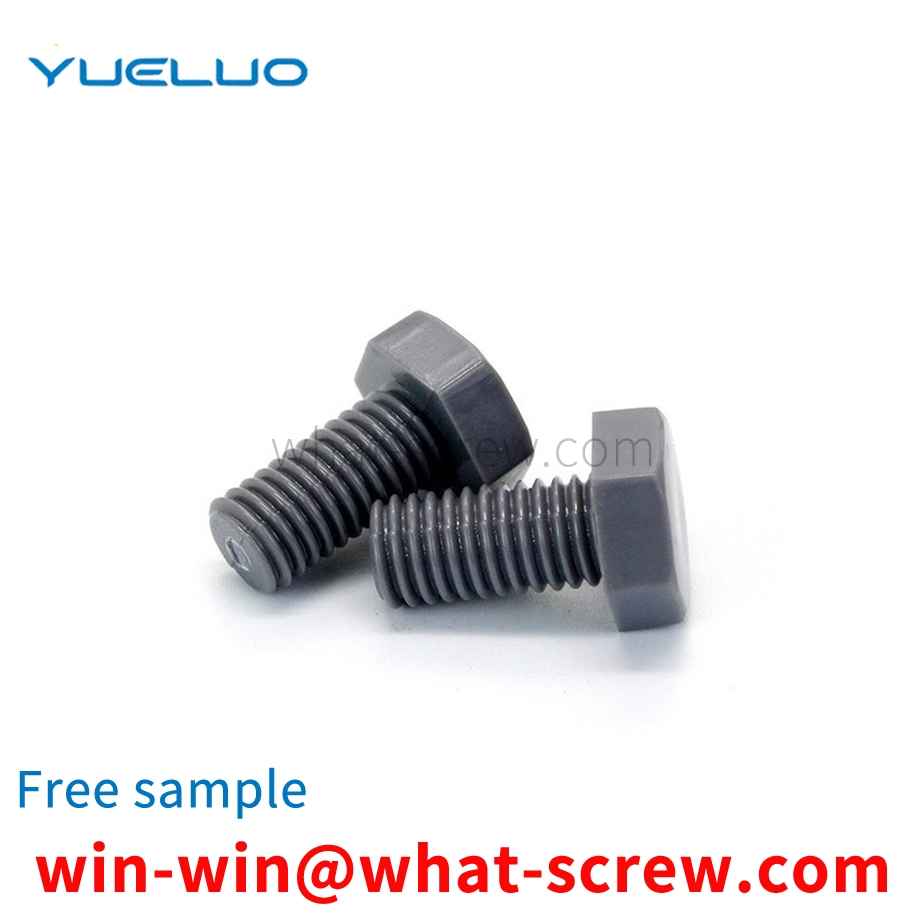
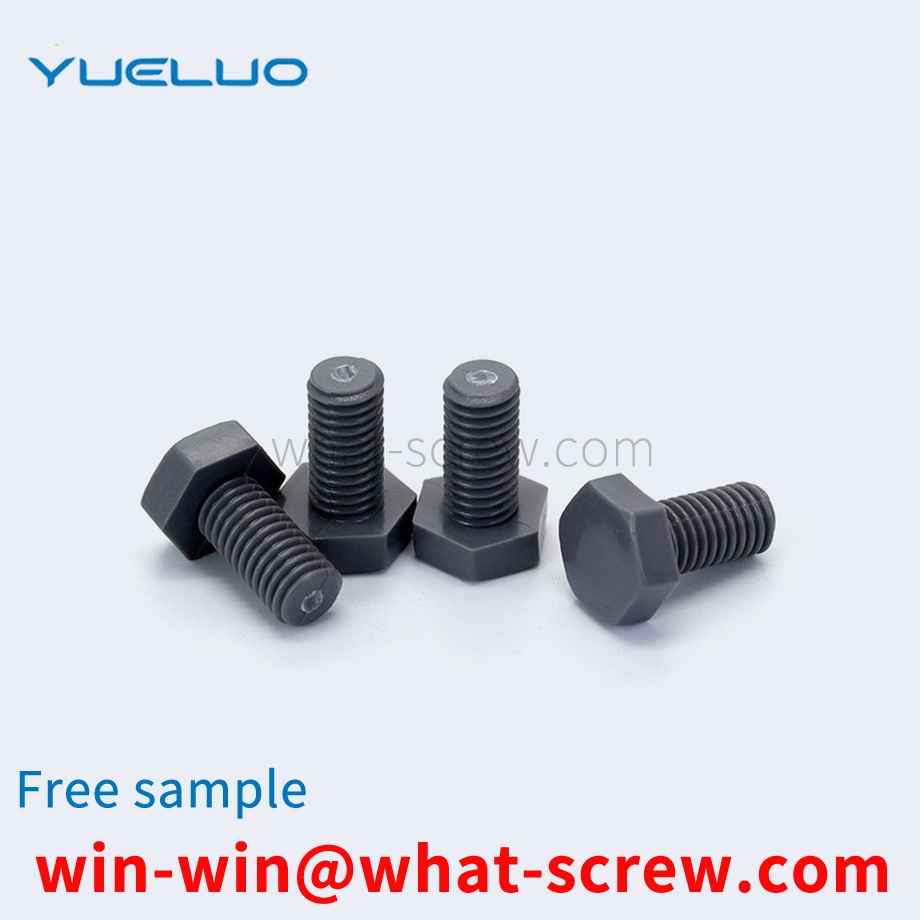
An elastic cylindrical pin loading and unloading tool, comprising a rectangular base on which a hollow cylindrical tooling station is arranged for fixing a tooling and installing a cylindrical pin on the tooling for shear force testing, the The tooling includes an outer cylinder and an inner cylinder that are assembled together, the outer cylinder and the inner cylinder are in clearance fit, and the base is further provided with a counterbore for taking out the inner cylinder after the tooling test is completed.
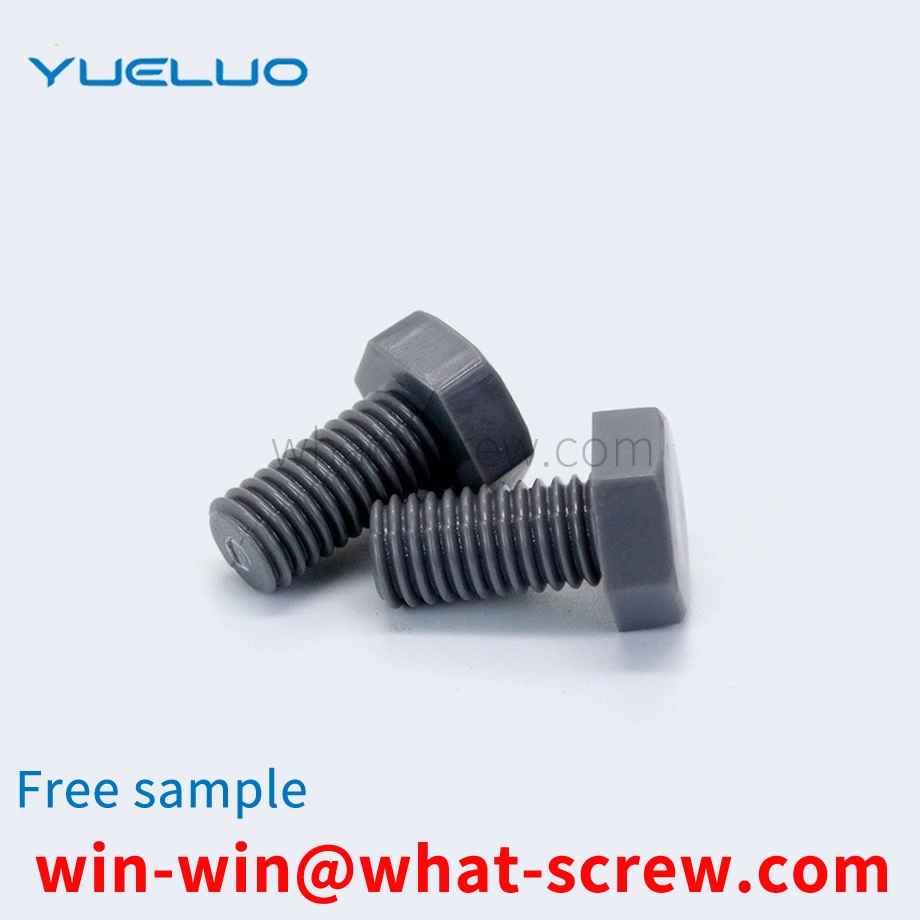
The most important link in the development and design of fasteners is quality control. There are several major points from the feed to the finished product shipment, and these major points have different inspection methods. First of all, the feed is related to appearance, size, elements, performance, detection of harmful substances, etc.; the process is more about appearance, size, percussion test, forging flow line; heat treatment is more about appearance, hardness, torque, tension , metallography, etc.; the surface treatment is more about some hydrogen embrittlement tests, coatings, salt spray, etc., including a detection of harmful substances in shipments. In size and appearance inspection, the common ones are quadratic element, contour measuring instrument, three-coordinate measuring instrument, image sorting machine (this is a full selection machine); in mechanical and chemical inspection, there are mainly hardness machines (Rockwell and Vickers). ), tensile machine, metallographic microscope; in material testing, there is a spectrum analyzer and a salt spray testing machine.
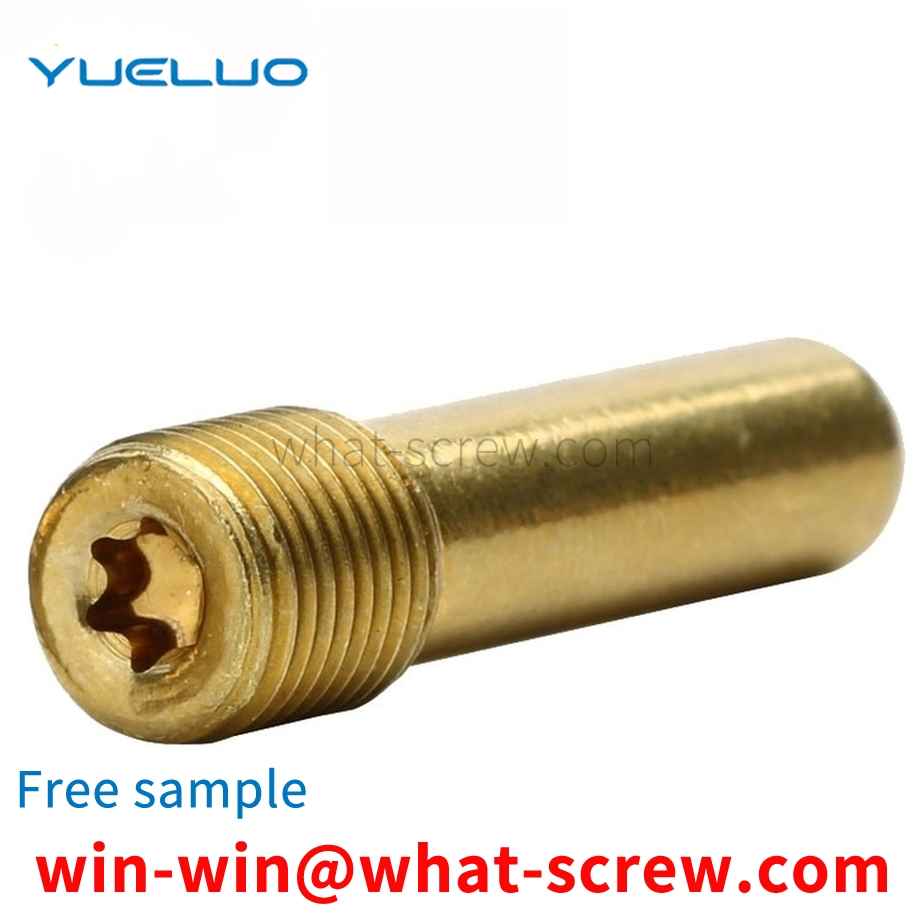
The above content is uploaded by Yueluo or the Internet. If there is any copyright issue, please contact [email protected].

What is the tolerance range of precision screws?

How to choose the right stainless steel screw manufacturer?

Why is there an R angle under the head of the hexagon head s...

We have more than ten years of production experience in the ...

We have more than ten years of experience in the production ...

We have more than ten years of experience in the production ...

We have more than ten years of experience in screw industry ...